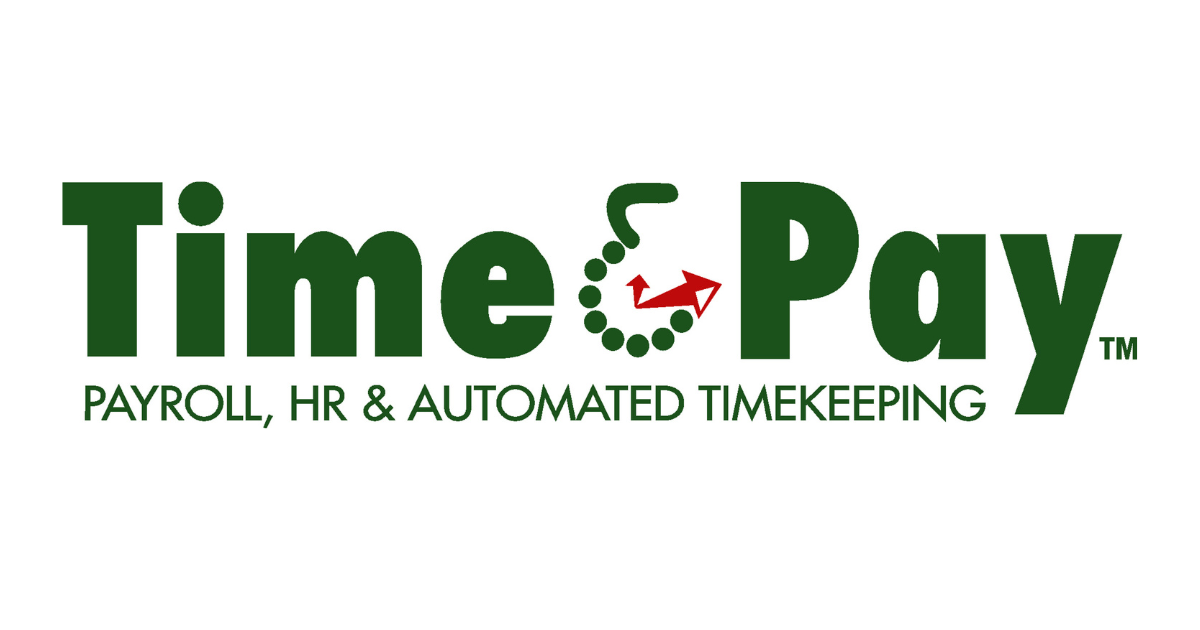IRS 20 Factor Test: Employee Vs. Independent Contractor
Andy Scheu • February 21, 2024
What’s New?
The IRS uses a 20 factor test when considering whether a worker is an employee or independent contractor. With a new final rule set to go into effect on March 11, 2024, it’s a good time to review these factors, as well as how workers are classified within your organization.
What are the 20 Factors?
When considering whether a worker is an employee or independent contractor, you should ask yourself these questions:
- Instructions – Do we provide instructions on when, where, how to do the work?
- Training – Do we train the worker?
- Subcontracting – Can the worker subcontract part of the work, or does the worker have to perform the work?
- Control of Workforce – Is the worker allowed to hire and terminate their own workers?
- Length of Employment – how long will the worker be expected to work for us?
- Schedule – Did we set the schedule?
- Full Time Work – Are they working full-time for us?
- Order or sequence – Do we require the work to be done in a specific order or sequence?
- Work on premise – Does the work have to be done at our office or work space?
- Reports – Do we require the worker to provide reports and status updates?
- Pay – Do we pay the worker by the hour, week, month, or job?
- Expenses – Are we paying or reimbursing the worker for expenses?
- Tools and Materials – Do we provide tools to the worker?
- Investment – Does the worker have investment in the essential tools and/or facilities where work is performed?
- Profit / Loss – Can the worker suffer a profit or loss on the job depending on their performance?
- Integration – Is the worker doing work that is vital to our operation?
- Exclusivity – Does the worker perform work for more than one company at a time?
- Availability – Does worker make their services available to the general public?
- Termination – Can our company fire the worker without liability?
- Resignation – Can the worker quit without liability?
Overview:
All 20 factors are related to these 3 items:
- Behavioral Control – Does the company have the right to control how the worker performs their services?
- Financial Control – Are the business aspects of the worker’s services controlled by the company?
- Relationship of the Parties – Is the relationship between the worker and the company defined in legal documents? Does the company provide insurance for the worker? Are the worker’s services a vital part of the company’s operations?
Fines and penalties assessed due to misclassification of workers could be devastating for businesses. Time & Pay clients have access to complimentary consultations through SESCO HR Management. If you have questions or concerns about how certain workers in your organization are classified, contact us today!
Contact Us
Thank you for contacting us.
We will get back to you as soon as possible.
We will get back to you as soon as possible.
Oops, there was an error sending your message.
Please try again later.
Please try again later.




